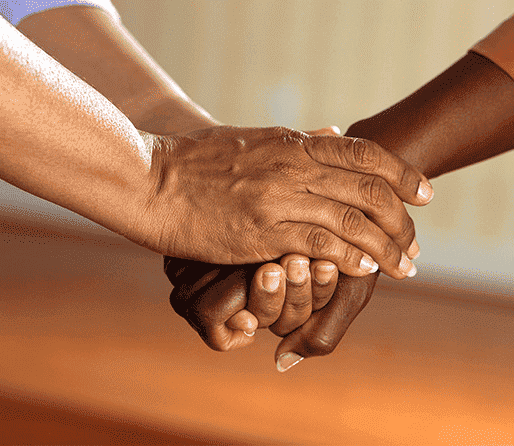The time we devote to meeting someone's needs does not cease with their death. We are left with a lot of unanswered questions after a loved one’s death. Many relate to their body preparation and disposal. A person's death can be as unique as their existence, and knowing the correct information will assist you in making those critical decisions. A deceased person's body might be prepared in a variety of ways. There might be ways that meet your needs and religious or personal values perfectly.
Embalming
Embalming is a technique for preserving the body temporarily in order to:- Make long-distance transportation of the body easy.
- Allow enough time for family members to plan and hold funeral services.
- Allow the viewing of the body in an open coffin.
Is Embalming Required?
Funeral directors are not allowed to misrepresent the legal requirement of embalming under federal law. In reality, funeral homes are required by law to inform customers that embalming is optional, except in certain circumstances. It's also illegal to claim that embalming is required for:- Immediate burial
- Cremation on the spot.
- When refrigeration is available, a closed casket funeral without viewing or visitation is possible (if state or local law does not require embalming).
Storage of the body
A body cannot be kept unrefrigerated for more than 48 hours to preserve public health. You can let funeral services such as Last Journey which are certified and have refrigerated holding facilities take care of the body. Some hospitals may be allowed to retain the body of someone who has died in their care until a funeral can be arranged. Many busy hospitals, on the other hand, would be unable to do so. If a family is fully prepared for a funeral prior to death, the body could be disposed of without the requirement for refrigeration. Muslims and Jews, for example, prefer to bury a body within 24 hours following death. Using frozen two-litre milk cartons stacked around the body, some do-it-yourself funerals have successfully kept the body cool.Viewing, Wake & Visitation in Hinduism
Before cremation, Hindus usually have a brief wake. The remains are placed in a casket for display. A man's forehead should be treated with "vibuti" (ash) or "chandanam" (sandalwood), whereas a woman's should be treated with turmeric. A flower garland is put around the deceased neck. Family and friends gather around the casket during the wake and may chant hymns or mantras. Many Hindus lay "pinda" (rice balls) near the casket towards the end of the wake before the body is removed for cremation. The casket is removed feet-first and carried to the location of cremation at the conclusion of the wake.Mortuary Van Services by Last Journey
Last Journey operates an air-conditioned ambulance and hearse van services. These trucks have an auto-loading stretcher as well as an elevated arthi for viewing the deceased. The cars are well-equiped with Freezer Box for the times when the deceased must be transported by road to any other city.How to Prepare Body for Cremation in Hinduism?
Before the next dark or morning, whichever comes first, the deceased should be burned. In most cultures, the primary mourner lights an oil lamp and passes it over the body. He or she then takes off the deceased's garments and wraps the body in a white cloth. If the deceased is a father, the oldest son is usually the major mourner; if the deceased is a mother, the youngest son is usually the chief mourner. In the Hindu funeral body preparation, Sesame oil is then applied to the body before being showered with water. The body is redressed before being placed in a coffin. While singing hymns, the smaller children can encircle the body with small illuminated sticks. The ladies stuff rice into the mouths of the dead to keep them alive on their journey. If the dead is a man, his wife will place the wedding pendant around his neck before closing the casket. The body is taken feet first and transported to the cremation place at that time.10,000+
Successful Services
4.6
Customer Ratings
15+
Cities We Serve In
Effortlessly plan a dignified farewell with our 3-step process - Quick, Reliable, and Hassle-Free.
GIVE US A CALL
SHARE YOUR REQUIREMENTS
GET THE SERVICES
Despite the COVID situation in Delhi, your team organized for a dignified and graceful farewell of my mother.
Ruchi Sharma
Funeral Services
I am so thankful for the caring and professional staff they made the process much less overwhelming.
Anirudh Das
Funeral Services
Thank you for fulfilling my mother’s last wish. Your team successfully managed to cremate my mother at her birthplace.
Anukool Sachdeva
Funeral Services
Submit your concern and we will get back to you within 5 minutes**





